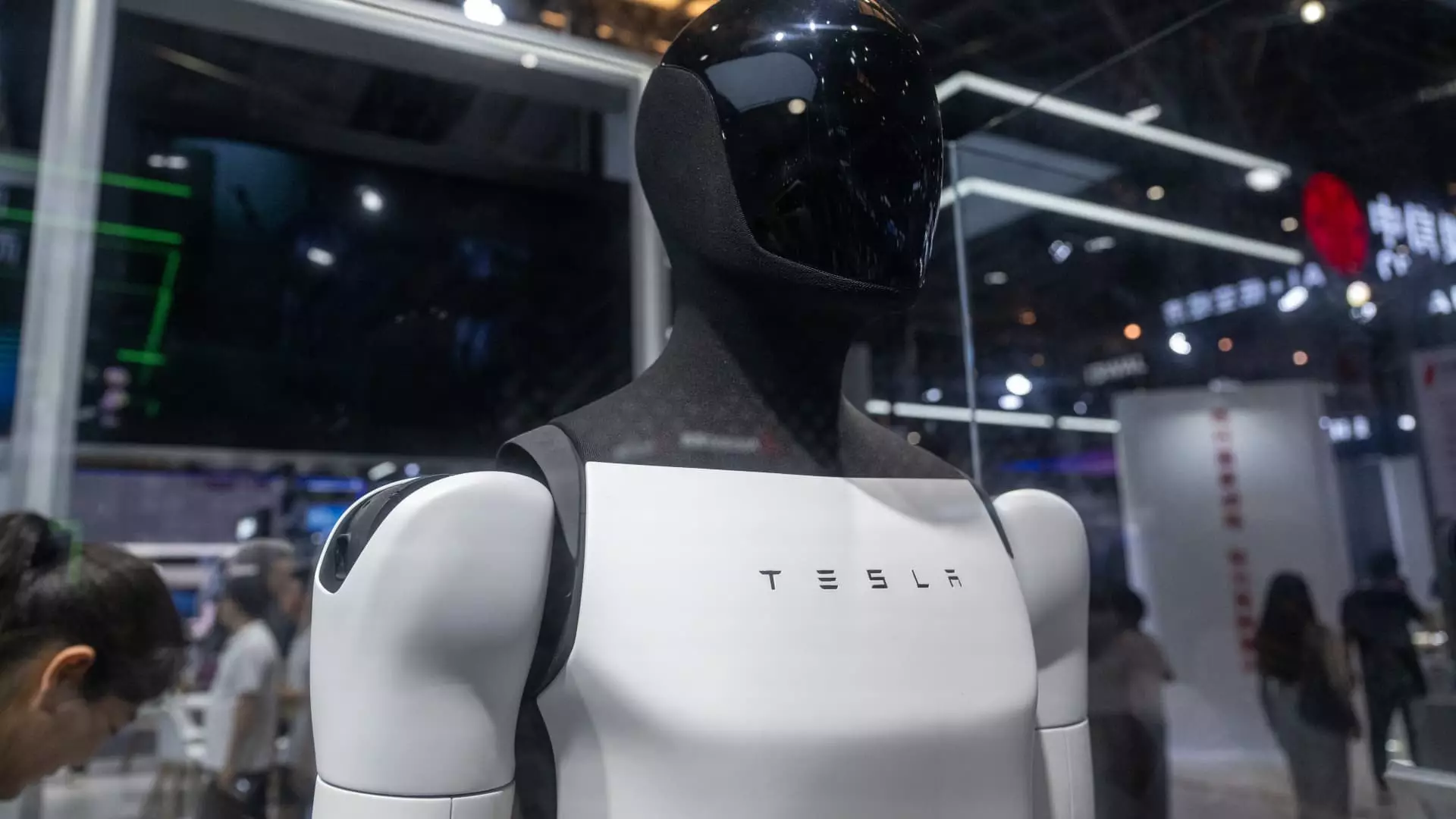The recent trade restrictions imposed by China on rare earth elements have thrown a curveball into the ambitious roadmap of Tesla and its charismatic CEO, Elon Musk. As the global landscape of technology and innovation evolves, the stakes have never been higher. Rare earth magnets are the invisible backbone of advanced technologies, influencing sectors from automotive to defense. As China holds a significant chunk of the market for these critical resources, the impact of their export controls is not merely a corporate hiccup; it’s a potential game-changer for countless industries reliant on these materials.
Musk’s candid remarks during Tesla’s earnings call highlighted the increasing complexity of international relations intersecting with technology. The new regulations, enacted as a response to escalating tensions with the U.S., require any exporters dealing in medium and heavy rare earths to obtain licenses from China’s Ministry of Commerce. This bureaucratic hurdle could cause major disruptions for companies like Tesla that are poised to pivot into a future dominated by sophisticated humanoid robots—an endeavor Musk envisions as integral to the company’s next leap forward.
The Nexus of Trade and Technology
Musk’s nervous optimism when addressing this nuanced situation reflects the crossroads at which innovation meets regulation. China has requested assurances from Tesla regarding the military use of the magnets, casting a long shadow over the future plans for the Optimus humanoid robots. While Musk assured stakeholders that the robots would be solely for peaceful, benign activities, this diplomatic tightrope adds a layer of complexity that could affect timelines and production goals.
China’s strategic position in the rare earths market is formidable. They not only provide the majority of the world’s supply but also demonstrate an acute awareness of their leverage. By exercising control over these essential materials, Beijing can shape the competitive landscape in favor of domestic players. This maneuvering hints at a potential wave of fragmentation in the tech sector where U.S. firms may struggle against their Chinese counterparts not only due to resources but also due to cutting-edge advancements.
Elon Musk: The Visionary Amidst Challenges
For Musk, the emergence of humanoid robots like Optimus represents both a threat and an opportunity. During the earnings call, he expressed a vision where thousands of these robots could not only operate in Tesla’s factories but could also redefine labor dynamics across industries. This level of ambition is admirable and speaks to Musk’s unwavering belief in the transformative power of technology. However, it is crucial to temper this enthusiasm with realism, particularly as global markets become increasingly shaky.
Despite the optimistic projections, Tesla’s stock has seen troubling declines, with a 37% drop year-to-date, provoking skepticism about the company’s trajectory. Experts like Steve Westly, a former Tesla board member, underscore the pressing need for Tesla to identify new avenues for growth, noting that competition is heating up from firms like Unitree Robotics and AgiBot. These companies aim to gain a foothold in the humanoid robot market while potentially benefiting from China’s favorable environment for innovation, which could give them an edge over Tesla.
The Road Ahead: Navigating Uncertain Waters
Tesla’s future hinges on a delicate balance. The ambitions of making massive strides in the humanoid robotics field could very well be derailed by shifting geopolitical currents. Musk’s promise of deploying thousands of units this year may be quickly overshadowed if supply chain issues continue to escalate. Stakeholders and investors must grapple with the dual facets of hope and uncertainty where the technologies of tomorrow nestle precariously against the backdrop of political machinations.
Musk’s confidence, while commendable, has to face a harsh reality. The race for technological superiority is equally about resource accessibility as it is about innovation. With potential shortages looming and China tightening its grip, the U.S. must urgently address its preparedness to counter the implications of such trade policies. While Musk remains upbeat about Tesla’s capabilities to leverage this obstacle into an opportunity, history teaches us that the realm of technology is often pitted against larger forces at play, always requiring vigilance and adaptability.

